Introduction
The Social Phobia Inventory (SPIN) is a landmark instrument in the field of mental health. Dr. K. M. Connor and his colleagues, introduced this self-rated scale in 2000 to screen for and measure the severity of social anxiety disorder, also known as social phobia. The SPIN uniquely assesses three core dimensions of the disorder: fear, avoidance, and physiological symptoms. Because of its comprehensiveness and ease of use, the inventory has been widely embraced in clinical and research settings globally. Consequently, the tool has garnered over 2,250 citations on Google Scholar, which highlights its profound impact and reliability.
Consequently, this article explores the Social Phobia Inventory’s features, clinical applications, and psychometric properties. Furthermore, we aim to provide researchers and clinicians with actionable insights for the assessment of social anxiety.
Key Features of the Social Phobia Inventory (SPIN)
Purpose and Use
The primary purpose of the Social Phobia Inventory is to screen for social anxiety disorder and quantify its severity. Clinicians utilize the SPIN to identify individuals who may require further diagnostic assessment, to monitor symptom changes throughout treatment, and to help in treatment planning. In addition, researchers widely use the SPIN as a primary outcome measure in studies investigating the epidemiology and treatment of social anxiety.
Target Population
Developers validated the SPIN for use with both adolescents and adults. Its target populations include:
- Adolescents (13–17 years)
- Young Adults (18–24 years)
- Middle-Aged Adults (25–44 years)
- Older Adults (45–64 years)
- Seniors (65+ years)
Questionnaire Details
The SPIN is a 17-item questionnaire that assesses three critical sub-domains of social anxiety:
- Fear: Includes items about fear of authority figures, parties, criticism, and talking to strangers.
- Avoidance: Covers avoidance of social situations, public speaking, and being the center of attention.
- Physiological Symptoms: Assesses physical discomfort such as blushing, sweating, palpitations, and trembling in social settings.
Respondents rate each item based on their experiences over the past week.
Scoring and Interpretation
The SPIN scoring method is direct and intuitive. Each of the 17 items is rated on a 5-point Likert scale, from 0 (“Not at all”) to 4 (“Extremely”). The scores for all items are summed to yield a total score ranging from 0 to 68, where higher scores indicate greater distress.
A total score of 19 or higher is generally considered a clinical cut-off that suggests the presence of social phobia and warrants further evaluation. Specific severity ranges are:
- 21–30: Mild social phobia
- 31–40: Moderate social phobia
- 41–50: Severe social phobia
- 50+: Very severe social phobia
It is important to note that for adolescents, a higher cut-off score (e.g., 24) may be more appropriate.
Administration Format
Administering the Social Phobia Inventory is highly efficient, typically requiring only 5 to 10 minutes to complete. It is a self-administered tool, so no special training is needed for interpretation. Users can complete the inventory through several formats, including:
- Paper-based forms
- Digital (Online) platforms
- Interview (In-person).
- Phone/video call.
Applications of Social Phobia Inventory (SPIN)
The SPIN is a versatile tool with several key applications in clinical and research settings:
- Screening: It quickly identifies individuals who may be suffering from social anxiety disorder.
- Monitoring: It effectively tracks symptom severity and a patient’s response to therapy over time.
- Treatment Planning: The subscale scores can help clinicians tailor interventions to a patient’s specific patterns of fear and avoidance.
- Research: It serves as a reliable and valid primary endpoint for clinical trials and epidemiological studies on social anxiety.
Other Versions And Related Questionnaires
Other Versions:
- Mini-Social Phobia Inventory (Mini-SPIN) : A briefer tool, and shorter version of the SPIN.
Related Questionnaires:
- Liebowitz Social Anxiety Scale (LSAS)
- Brief Social Phobia Scale (BSPS)
- Marks Fear Questionnaire (FQ)
- Sheehan Disability Scale (SDS)
- Medical Outcomes Study Short Form-36 (SF-36)
- Clinical Global Impressions of Severity (CGI-S) and Improvement (CGI-I) Scales
Language and availability
Reflecting its global utility, the Social Phobia Inventory has been translated and culturally validated in numerous languages, including:
- Arabic
- English
- Spanish
- Chinese (Taiwan).
- German
- Others
While a Russian version is also in use, its psychometric validation is less extensively documented.
The SPIN is a proprietary instrument, and permission for its use must be obtained from the copyright holder, Jonathan Davidson, at mail@cd-risc.com. However, it is free for non-commercial use once permission is granted.
Reliability and Validity
The SPIN is recognized as a highly reliable and valid instrument, with a very high Cronbach’s alpha, ranging from 0.87 to 0.94, which indicates outstanding internal consistency. The subscales also show good consistency, with Cronbach’s alpha values of 0.68-0.76 for Fear, 0.71 for Avoidance, and 0.70-0.73 for Physiological Discomfort.
- The original validation study study link.
- Another validation study study link.
Limitations and Considerations
Despite its many strengths, the SPIN has a few limitations:
- Self-report: As a self-report measure, responses can be influenced by factors like poor self-insight, social desirability bias, or a tendency to exaggerate symptoms.
- Cultural Bias: Although validated in many languages, some items might not have universal cross-cultural relevance.
- Narrow Focus: It focuses specifically on social anxiety symptoms and does not assess comorbidities like depression or the broader functional impact of the disorder.
- Age Restrictions: The scale is not validated for children under 12 years old, and adolescent cut-off scores differ from those for adults.
Additional Resources
- A direct link to the Original Validation Study
- You can access the questionnaire as a PDF through this link.
- Further validation study:
- Validation for adolescent population study link
- Validation for student population study link
- For inquiries, contact Jonathan Davidson at mail@cd‐risc.com
- For additional resources, consult The British Journal of Psychiatry, where the scale was published.
Frequently Asked Questions (FAQ)
- Who can use the SPIN?
Clinicians, researchers, and healthcare providers use the SPIN for adolescents (13+) and adults with suspected social anxiety disorder.
- How long does it take to complete the SPIN?
The inventory can typically be completed in just 5 to 10 minutes, making it highly practical for both clinical and research use.
- How is the SPIN administered?
The SPIN is a self-report scale that can be administered via paper, digital platforms, or as part of an interview.
- Is there any cost to using the SPIN?
The SPIN is free for non-commercial use, but permission must be obtained from the copyright holder beforehand.
A word from ResRef about Social Phobia Inventory (SPIN)
The SPIN is a brief, self-reported tool focusing on social anxiety symptoms across fear, avoidance, and physical response. Studies validate the SPIN as a psychometrically robust tool for social anxiety disorder. Its high internal consistency ensures cohesive measurement of symptoms, while strong correlations with other instruments and sensitivity to longitudinal symptom shifts reinforce its utility. Consequently, these strengths make the SPIN a preferred choice for research on the disorder’s epidemiology and treatment efficacy, as well as for clinical applications like screening and tracking therapy progress. Ultimately, the inventory’s user-friendly design further explains its broad acceptance in both research and healthcare environments.
References
- Connor KM, Davidson JR, Churchill LE, Sherwood A, Foa E, Weisler RH. Psychometric properties of the Social Phobia Inventory (SPIN). New self-rating scale. Br J Psychiatry. 2000 Apr;176:379-86. link.
- Antony MM, Coons MJ, McCabe RE, Ashbaugh A, Swinson RP. Psychometric properties of the social phobia inventory: further evaluation. Behav Res Ther. 2006 Aug;44(8):1177-85. link.
- Ranta K, Kaltiala-Heino R, Rantanen P, Tuomisto MT, Marttunen M. Screening social phobia in adolescents from general population: The validity of the Social Phobia Inventory (SPIN) against a clinical interview. European Psychiatry. 2007;22(4):244-251. doi:10.1016/j.eurpsy.2006.12.002. Link.
- Hassanvand Amouzadeh, Mahdi. (2016). Validity and Reliability of Social Phobia Inventory in Students with Social Anxiety. Journal of Mazandaran University of Medical Sciences. 26. 166-177. Abstract: (6683 Views). Link.


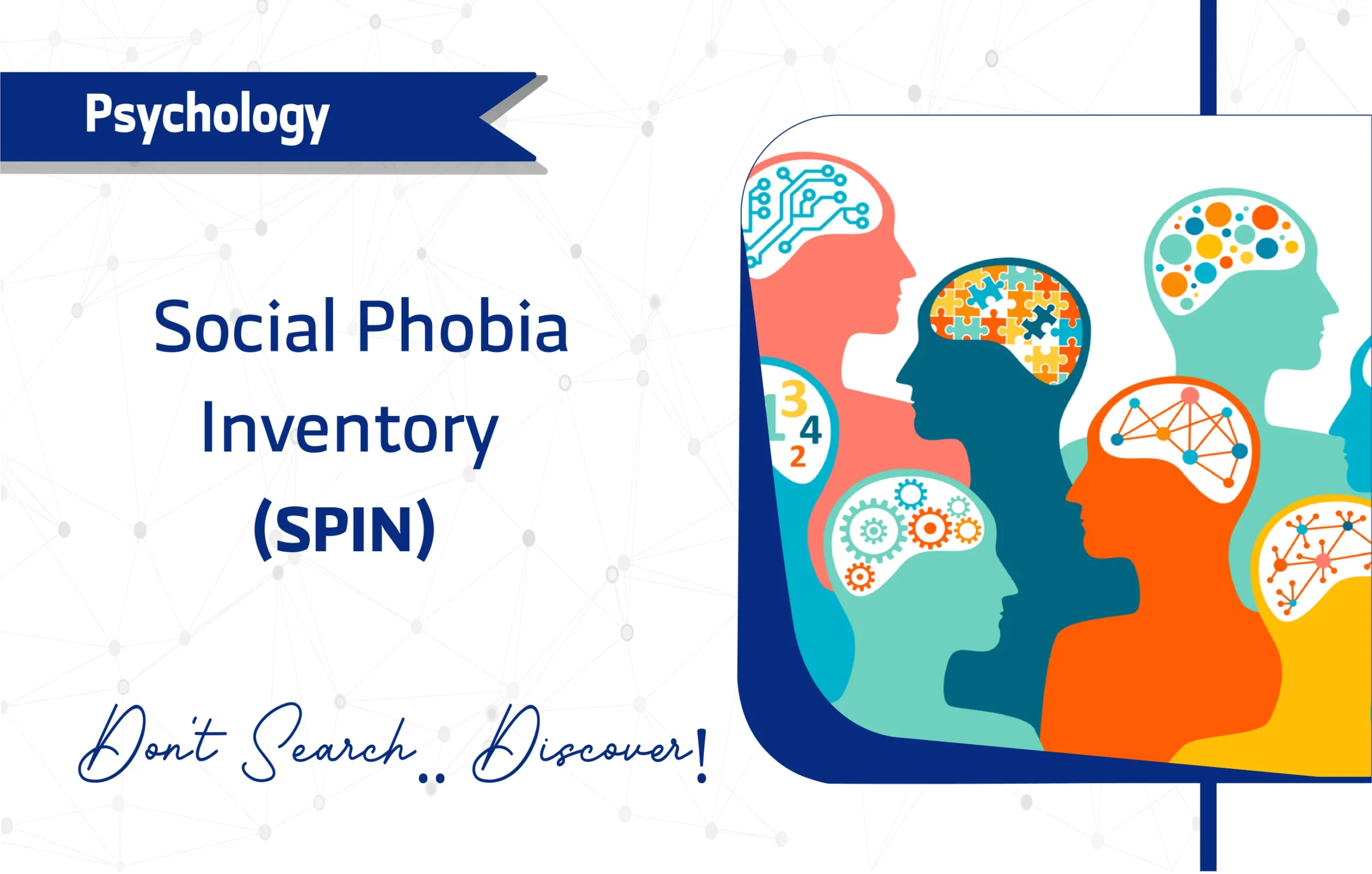

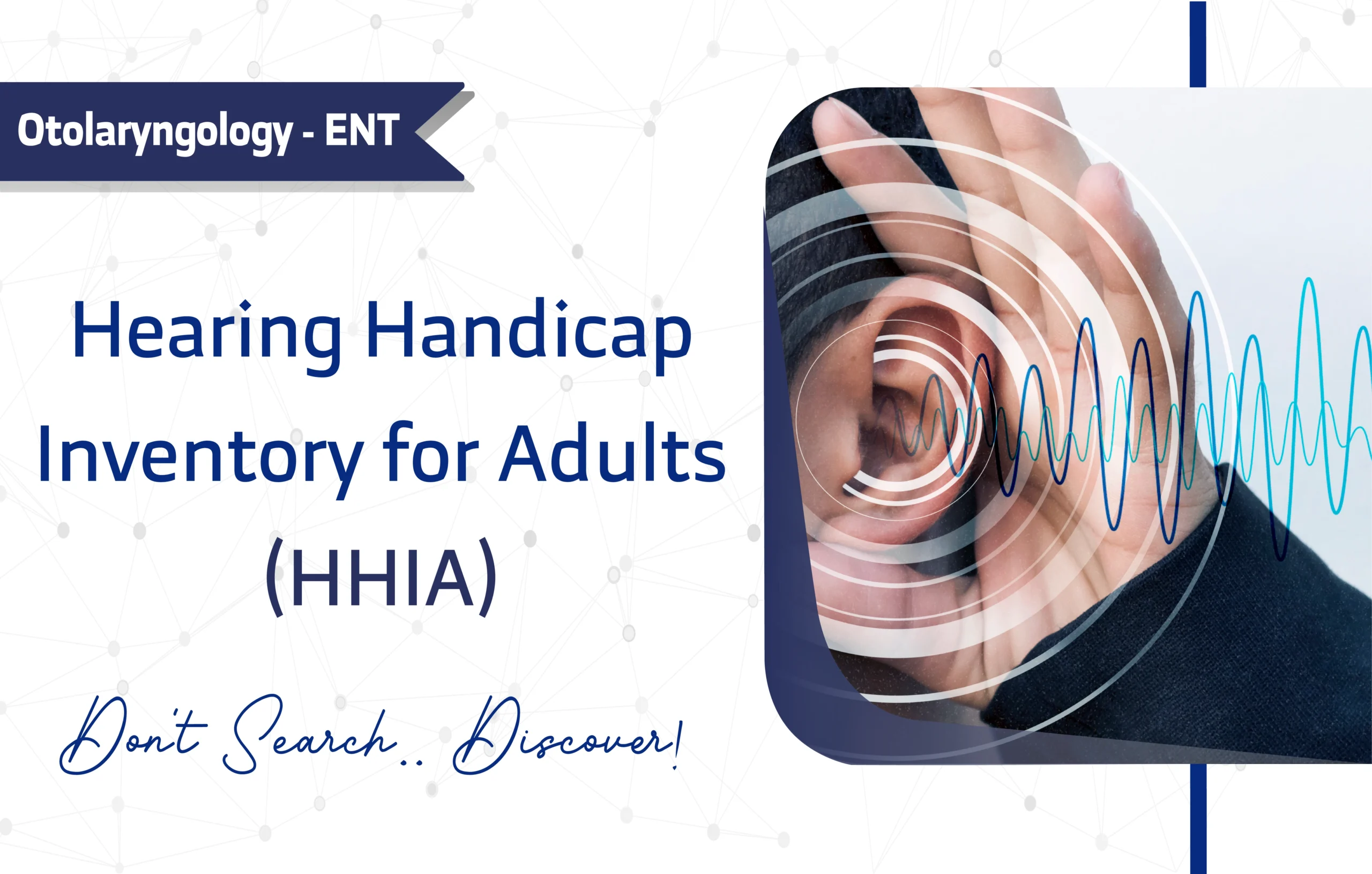
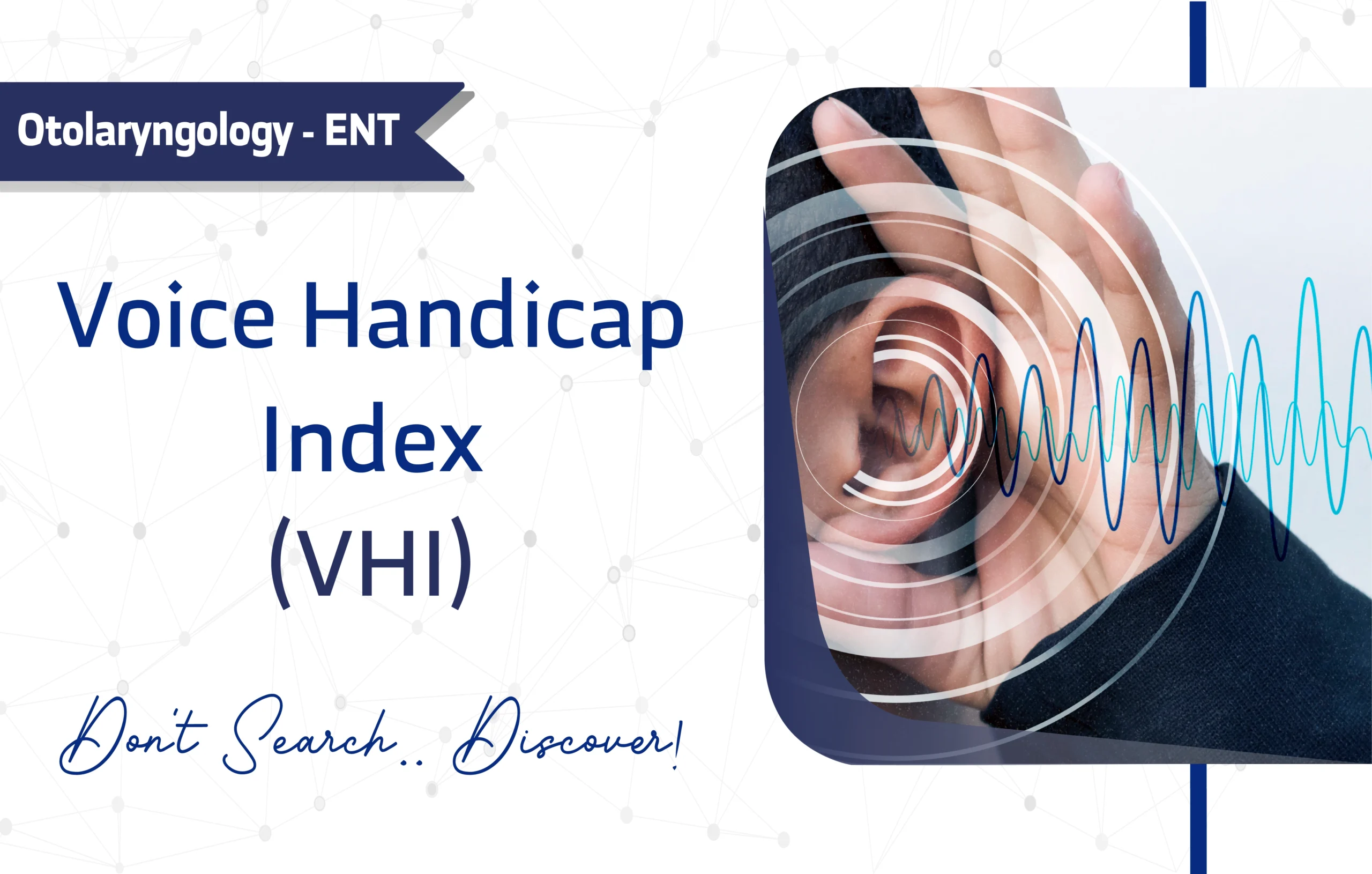
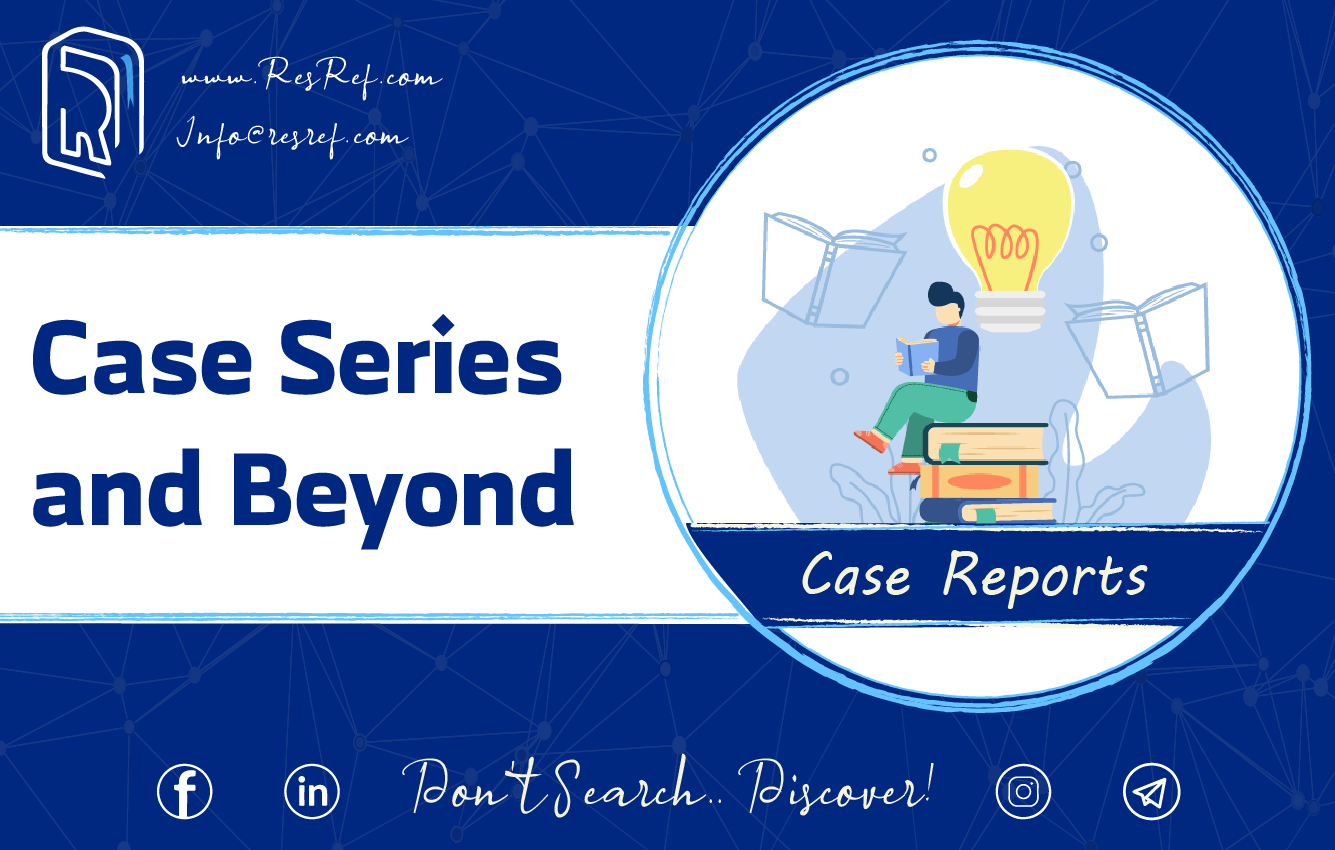
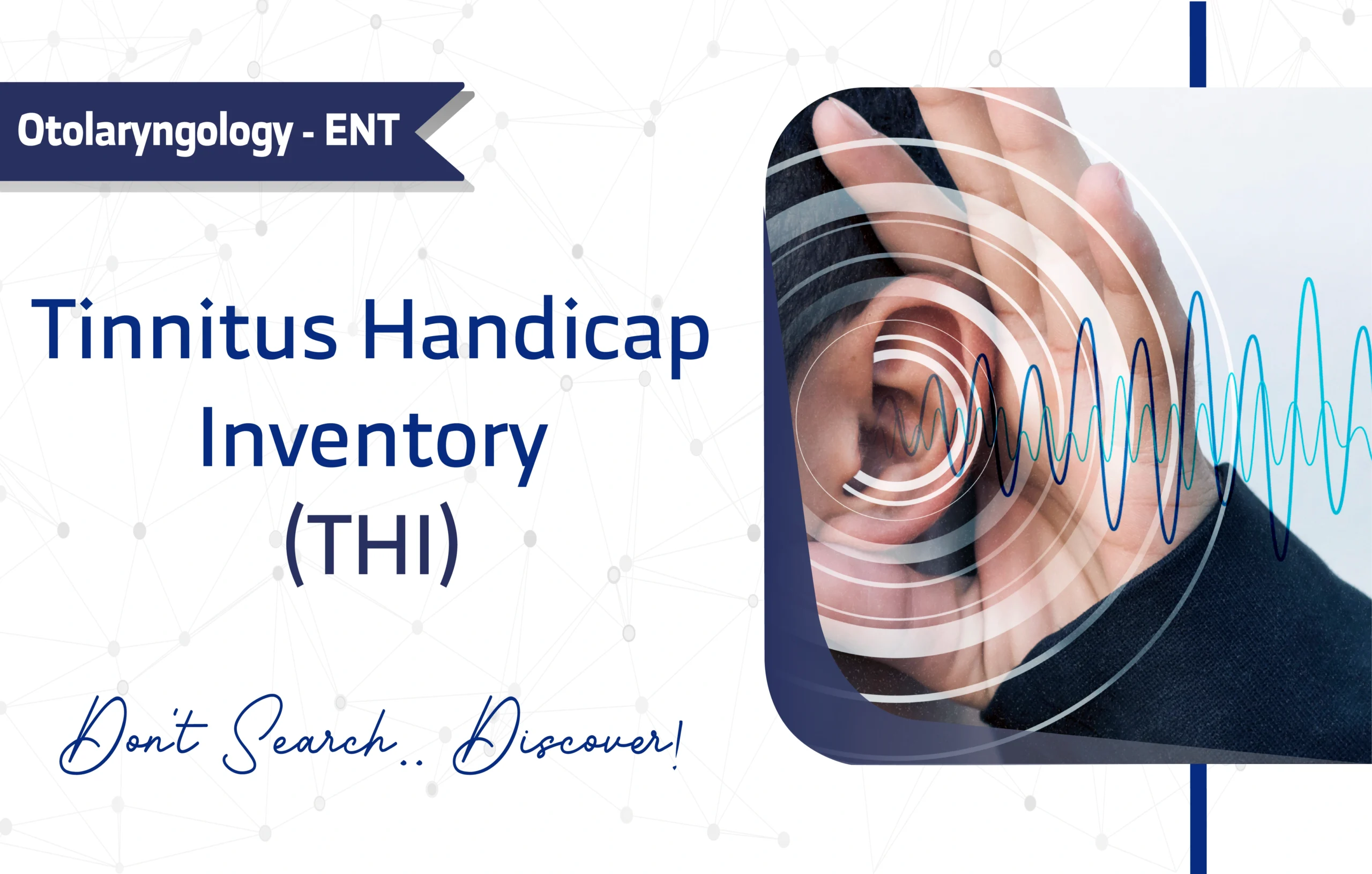
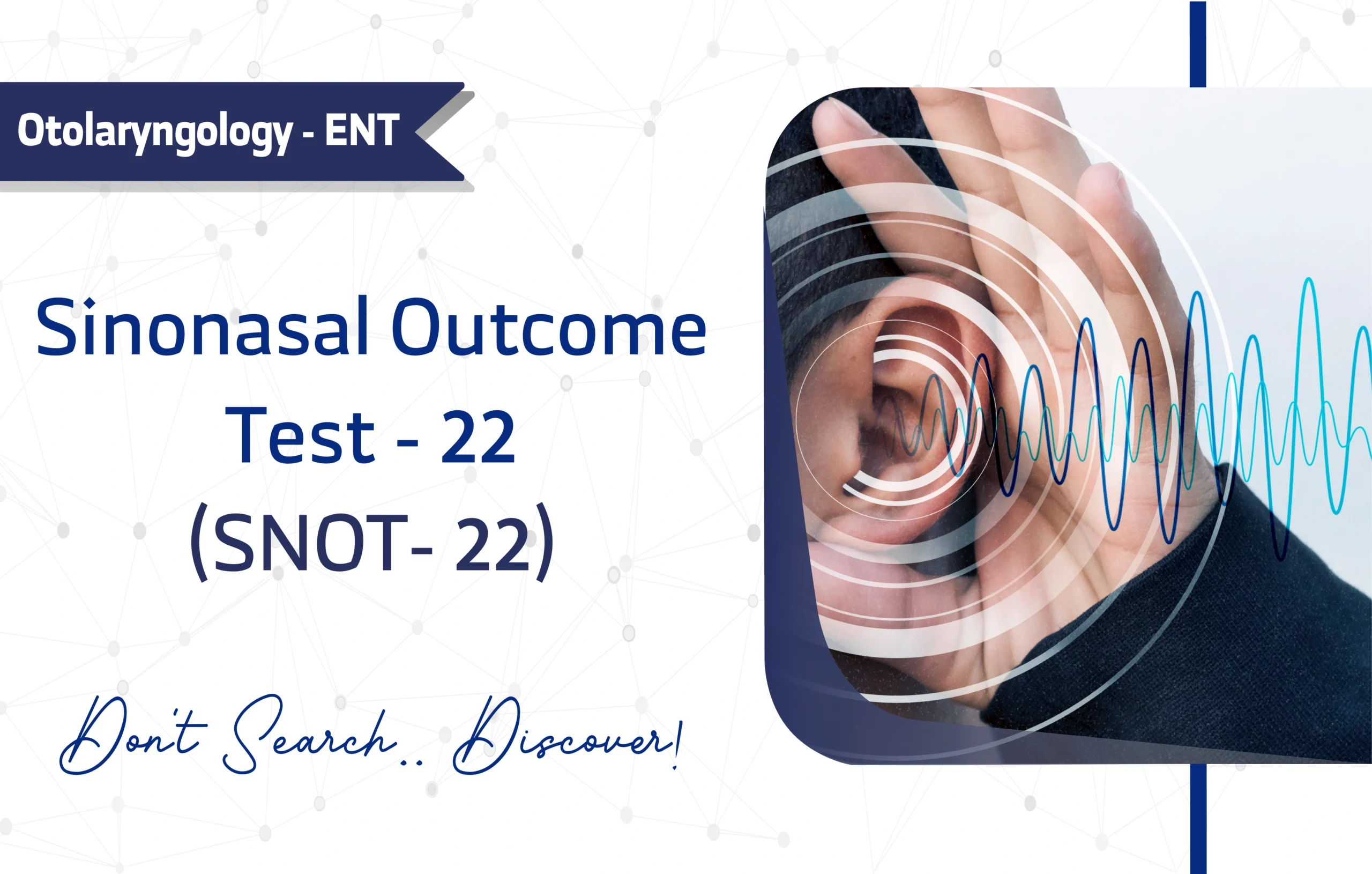
1 thought on “Social Phobia Inventory (SPIN): A Full Guide for Researchers and Clinicians”
This is an outstanding article which is insightful, thoroughly sourced, and very readable. The author does a great job breaking down complex ideas into practical takeaways, and the website’s layout and editorial quality make it a pleasure to read. I’ll be recommending this piece to colleagues and returning to the site for future updates, excellent work all around!